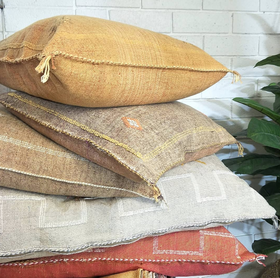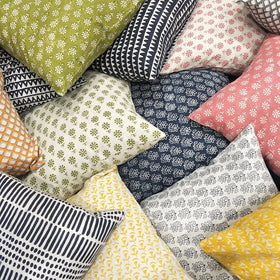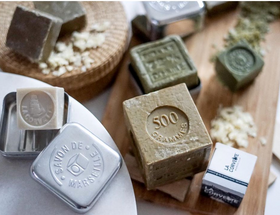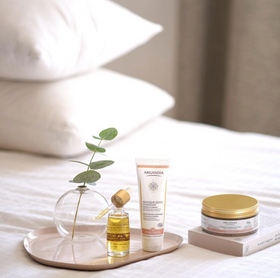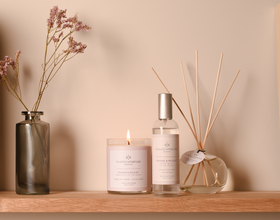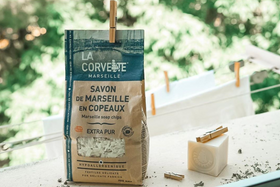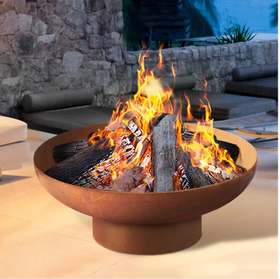Essential oils are odorous and volatile liquids with an oily consistency. Insoluble in water, they mix perfectly with vegetable oils and pure alcohol.
They are obtained by steam distillation of aromatic plants; some are obtained by simple expression, such as citrus fruits (zest).
They concentrate the odorous active ingredients of plants. They are noble, precious products to be chosen, preserved and used with care.
It is the fragrance of the plant, a real concentrate. It can be extracted from different parts of a plant: leaves (eucalyptus), flowers (chamomile), bark (cinnamon), wood (cedar), zest (lemon), seeds, fruits,…
When you peel an orange or clementine, when it stings in the eyes, it is an essential oil.
Each essential oil is unique, has its own smell and specific characteristics. Some are more viscous (myrrh), others darker.
Their price is linked to this concentration, for example:
- 40 to 50 kg of Eucalyptus leaves to obtain 1 kg of Essential Oil
- 100 kg of fine Lavender flowers to obtain 1 Kg of Essential Oil.
- 200 to 500 kg of Thyme flowers, depending on the variety, to obtain 1 kg of Essential Oil.
- 1000 kg of Verbena leaves or Chamomile flowers to obtain 1kg of Essential Oil.
- 7000 kg of flowering plants of Citronella Melissa to obtain 1kg of Essential Oil.
The quality of the essential oil is essential for any use related to human health or well-being.
The guarantee criteria on our Essential Oils:
- The appellation “Essential oil from organic farming and certified organic”, the 100% pure and natural guarantee
- Obtaining by steam distillation
- The origin of the plant and the distilled part
The best guarantee that summarises all these criteria and avoids the presence of pesticides is “an essential oil certified organic”.
The Conservation of Essential Oils:
When archaeologists discover the tombs of the Egyptian Pharaohs, and other dignitaries, they have no problem identifying what was contained in the small alabaster vases, carrying them under their nostrils to capture the intact… and 3,000 year old smell. This means that essential oils are stable and can be kept for a long time, preserving many of their properties. Ideally, essential oils are stored in coloured and well sealed glass vials.
Indeed, the ultraviolet rays of the sun and the volatility of essential oils are the 2 risks to be controlled for proper storage. The temperature has almost no impact and oxidation of these substances is almost impossible. Under these circumstances, a pure essential oil or a synergy of pure essential oils can be preserved for 5 years.
As soon as a vegetable oil is associated with essential oils, the synergy must be used within 3 years because of the risk of rancidity of the vegetable oil (and not because of the essential oils).






